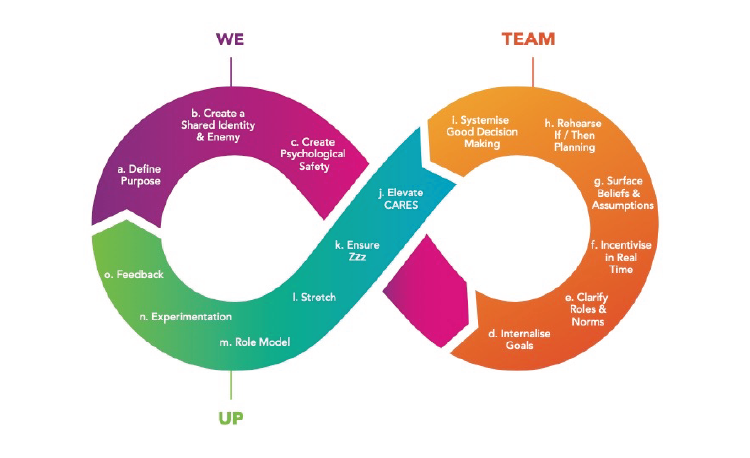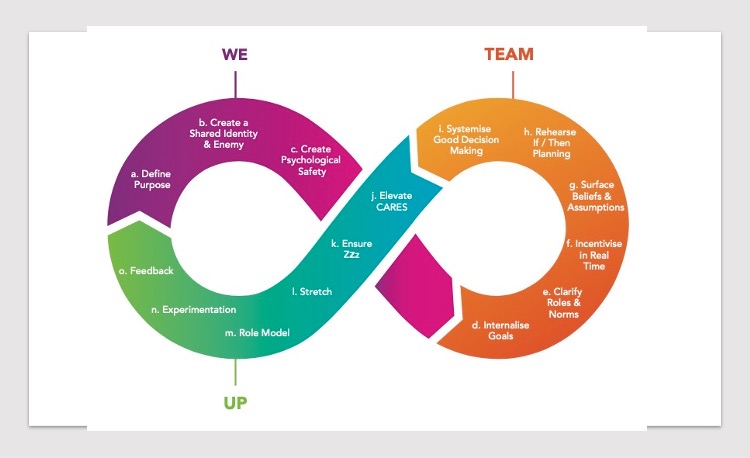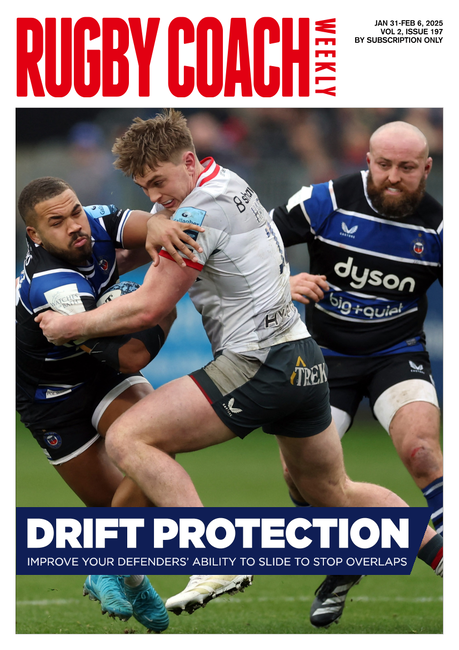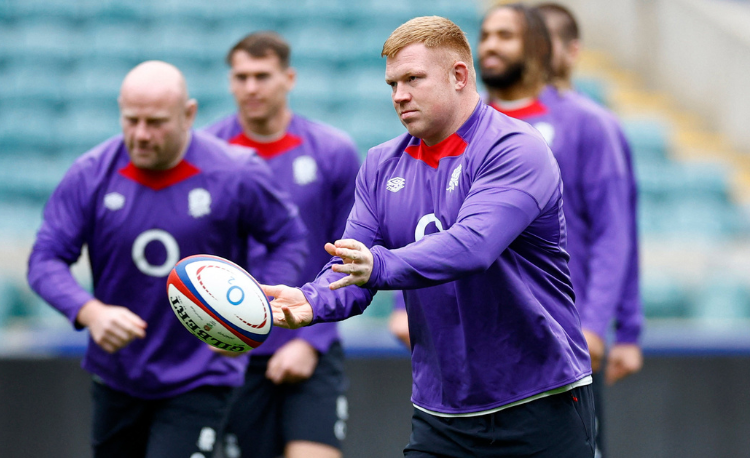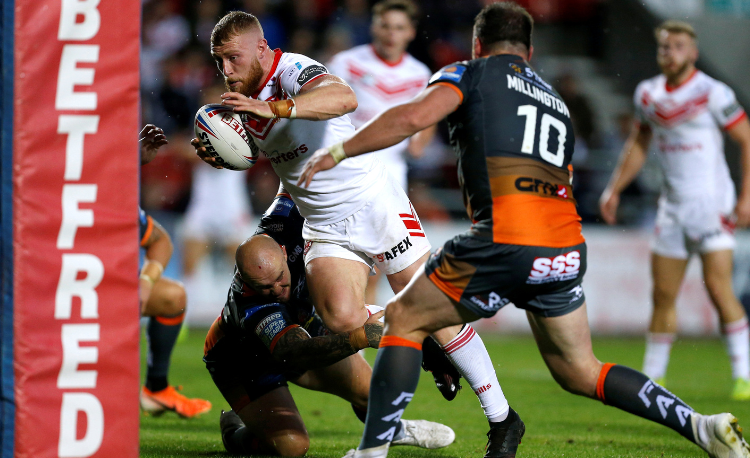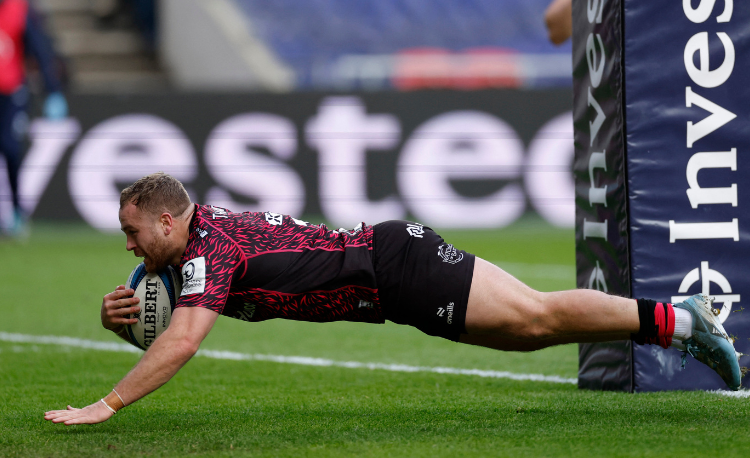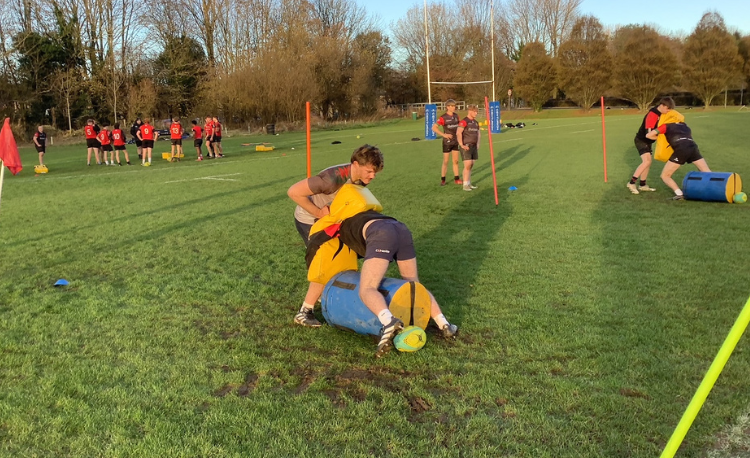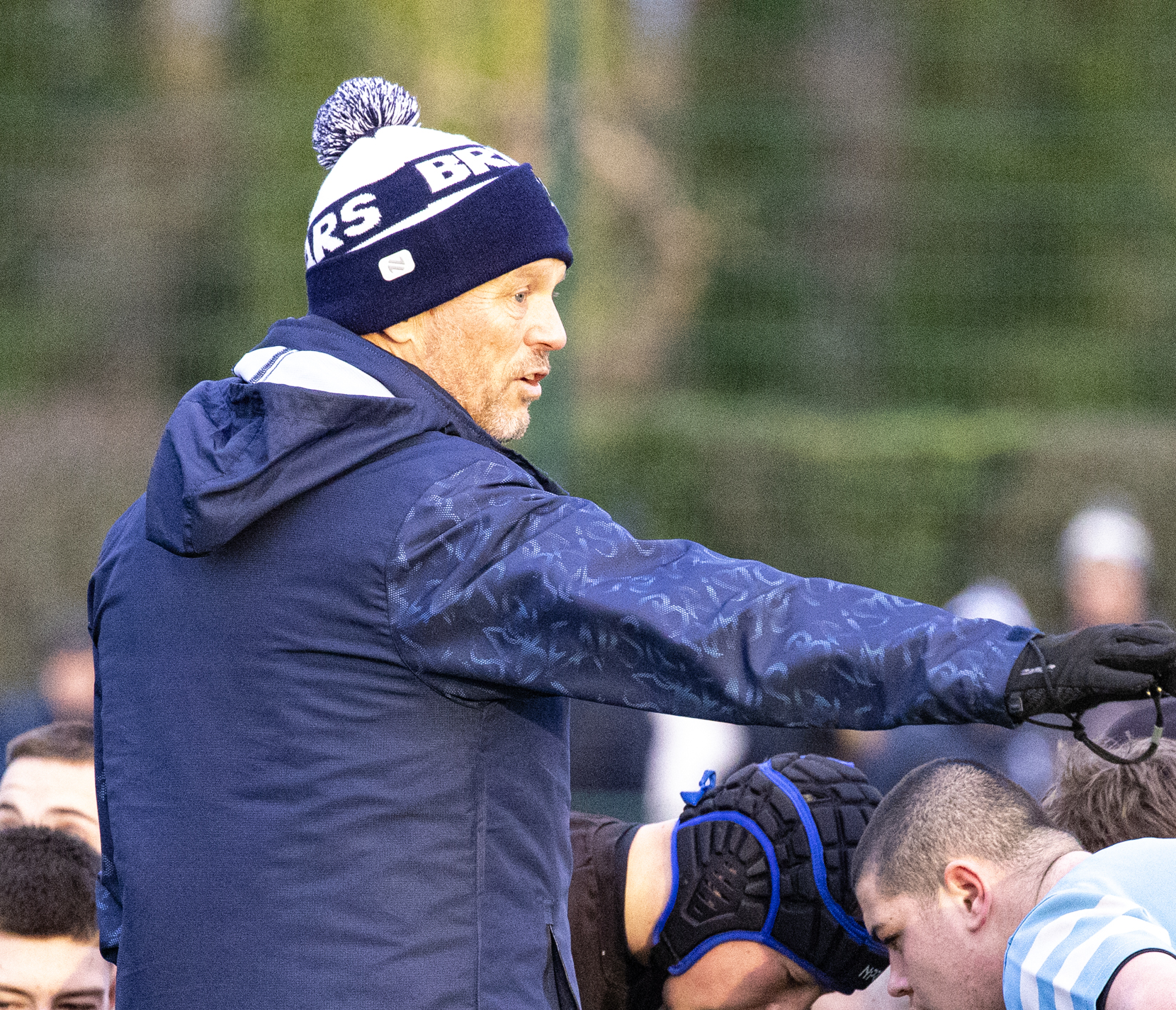Clarity for your team
In part two of a three-part series, ANDY LONGLEY and ALI TISDALL, from the coachup academy, explore team factors in the art and neuroscience of coaching.
In this three-part series of articles, we are discussing the three-pronged We-Team-Up model of building a high-performing and socially connected team.
Our first piece, which appeared in RCW 120 (July 28th), broke down the We part of that - how a coach uses a shared purpose, identity and relationships to create the required foundations.
This week, we take the next step and explore the Team factors - how a coach uses the clarity of role, goals, incentives, scenario-planning and robust decision-making to create the conditions for optimum team flow.
Team factors
Team play is about creating the conditions for collaborating as a group of players.
These can be broken down into six key factors - goals; role clarity and norms; incentives; surfacing assumptions; ’if, then’ planning; and systemised decision-making.
Let’s look at these in more detail.
Goals
This is all about setting ambition targets to strive towards, and will stimulate both progress and high performance.
Forget SMART goals - nobody ever got out of bed for one of those. Team and individual goals need to be meaningful, near-in-time, stretching, reviewed regularly and celebrated once achieved.
Also, intrinsic goals are much better than extrinsic goals as they sustain over time and through challenge.
Role clarity and norms
Our brains treat uncertainty as a threat, so high-performing coaches strip out uncertainty wherever possible. Being clear on a player’s role - be it on-field or off-field - is also essential.
Leave no room, either, for uncertainty around playing strategy and expected behaviour norms within the group.
A powerful coach question is to ask players ‘What is fuzzy?’ about any chosen area and celebrate those that ask the questions.
One elite coach who has used certainty as a performance strategy is Phil Jackson, the former head coach of the Chicago Bulls and the Los Angeles Lakers in the NBA.
Jackson implemented a coaching philosophy known as ’sacred hoops’, which incorporated elements of mindfulness to create a sense of certainty and trust among his players about what lay ahead in any game.
"The All Blacks have a culture emphasising collective success and team goals..."
Jackson established a clear and consistent team structure, including well-defined roles and expectations for each player.
This sense of certainty helped players focus on their individual responsibilities and contributed to team cohesion and 11 championships.
Incentives
Once we have clarity over what behaviours the team expects and what your norms are as a group, then coaches should incentivise players towards these and be unfailingly consistent.
Asking players what incentives they find attractive is a great way to make them shape your team. You should think very broadly - not all players are motivated by awards.
Consider the All Blacks, one of the most successful rugby teams in history. They have a team culture that emphasises collective success and team goals.
Their famous ’no d*ckheads’ policy focuses on selecting players with strong character and a commitment to the team, first and foremost.
This is rewarded with the opportunity to wear the iconic All Blacks jersey, which is a powerful incentive for players to perform at their best for the good of the team.
Surfacing assumptions
Many a great plan or decision has been flawed because it was built on a stack of assumptions. Great coaches explore a plan or team decision to make sure it is not relying on assumptions and that everyone in the team is on the same page.
Every player has different life experiences so it is natural they will also have different assumptions about, for example, reasons behind a decision, like why they have been asked to play using a certain gameplan.
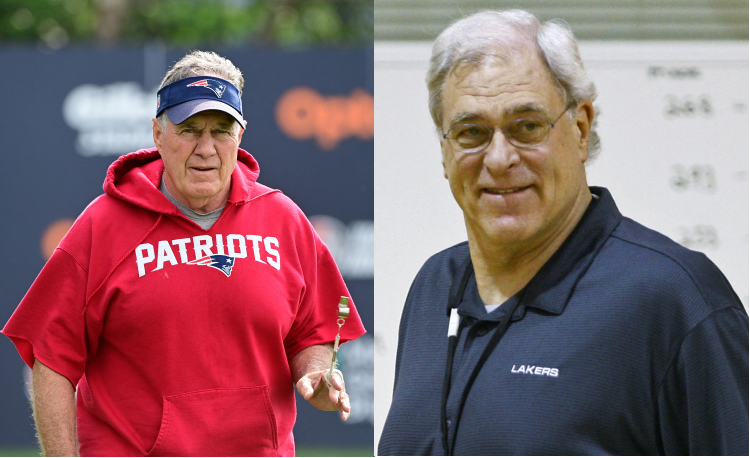
Making sure everyone is on the same page, and that the team has shared assumptions, is a high-performing coach habit.
This is especially important, since humans have a negativity bias, meaning we default to assuming the worst case in the absence of clarity. Be aware of this and bring those player assumptions to the surface.
An example of a coach known for challenging his players’ assumptions and fostering a culture of critical thinking is Bill Belichick, the head coach of the New England Patriots in the NFL.
One of sport’s most successful coaches, Belichick actively encourages his players to question assumptions, think critically about their roles on the team and to constantly adapt and adjust their approach based on the circumstances.
’If, then’ planning
A powerful coaching technique to mitigate risk and drive speed of action is to use ’if, then’ planning.
This could involve identifying three possible future scenarios and making a plan with the team for each.
For example, you could say: "If our key player Sam goes down injured, then we will shift Juan into their position to retain the ability to execute our new gameplan."
’If, then’ planning also reduces uncertainty over the future, which, as we have already discussed, is a high-performance coaching habit.
A great example of this is from the 2008 Beijing Olympics, when swimming legend Michael Phelps’ coach invested hours rehearsing strategies for every possible scenario in the pool, such as cramp, a late start or misted googles.
During one final, on the cusp of his record eighth gold, one of these doomsday scenarios happened - Phelps’ goggles filled with water on his entry dive.
However, the negative impact on his performance was imperceptible as his ‘if, then’ scenario planning kicked in. He switched to counting his strokes when he couldn’t see - and the rest is, quite literally, history.
"Michael Phelps’s coach invested hours rehearsing strategies for every scenario..."
Systemised good decision-making
Every human with a brain is biased - and biases reduce the quality of our decisions.
Great coaches understand this and mitigate for social biases when making team decisions.
For example, coaches should know about ‘authority bias’, which is when people don’t share their input because they default to authority figures knowing best.
A coach can mitigate this by offering their thoughts last, and inviting everyone in the team to share their input before offering their own.
A great proponent of this is Jill Ellis, the former head coach of the United States women’s national soccer team.
She actively worked to help her players mitigate biases and make objective decisions by emphasising the importance of video analysis and data-driven insights to enhance decision-making on the field.
By relying on objective information, she helped players avoid biases and make strategic choices based on evidence and analysis.
Now we have explored the Team factors for high-performance coaching, our final article in this series - appearing in a September issue - will take a look at the Up factors.
We hope you have enjoyed this taster of the art and neuroscience of high-performance sports coaching.
If you would like to benchmark yourself against the We-Team-Up factors and gain some practical suggestions to apply in your coaching, click here to get a 40% discount off the ’coach-selfie’ assessment, Team Activity cards (practical activities), their e-book and community membership, exclusively for RCW readers.
Related Files
Newsletter Sign Up
Coaches Testimonials

Gerald Kearney, Downtown Las Vegas Soccer Club

Paul Butler, Florida, USA

Rick Shields, Springboro, USA

Tony Green, Pierrefonds Titans, Quebec, Canada
Subscribe Today
Be a more effective, more successful rugby coach
In a recent survey 89% of subscribers said Rugby Coach Weekly makes them more confident, 91% said Rugby Coach Weekly makes them a more effective coach and 93% said Rugby Coach Weekly makes them more inspired.
Get Weekly Inspiration
All the latest techniques and approaches
Rugby Coach Weekly offers proven and easy to use rugby drills, coaching sessions, practice plans, small-sided games, warm-ups, training tips and advice.
We've been at the cutting edge of rugby coaching since we launched in 2005, creating resources for the grassroots youth coach, following best practice from around the world and insights from the professional game.

